– “What is the proof that Jesus was resurrected?” — Religion — operanewsapp.
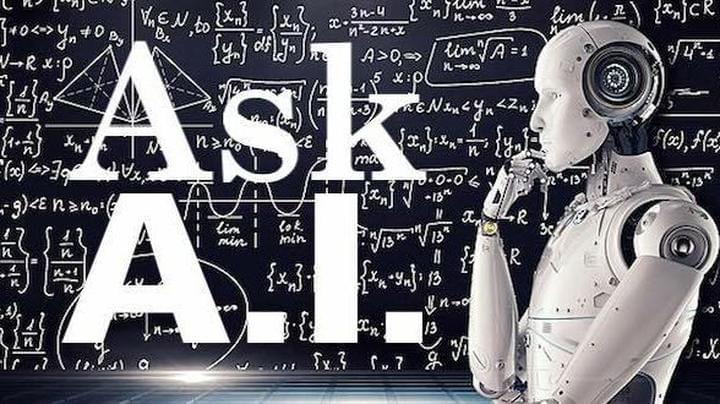

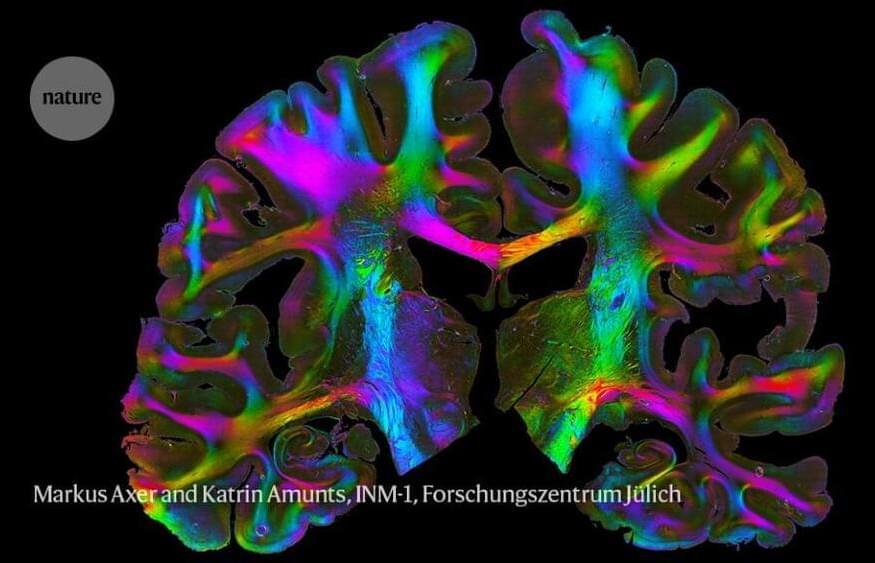
Recycling is now cheaper than mining.
Sandy visits the teams at RecycLiCo Battery Materials and Kemetco Research for an in-depth discussion on battery recycling and a tour of a facility that’s making this dream a reality.
Purchase the book here: https://www.routledge.com/Hydrometallur-gical-Recycling-of-L…1032216027
We would really appreciate it if you subscribe to our channel. The more subscribers we have, the more opportunities and teardowns we will be able to bring to you!
Sandy on X/Twitter: @teardowntitan.
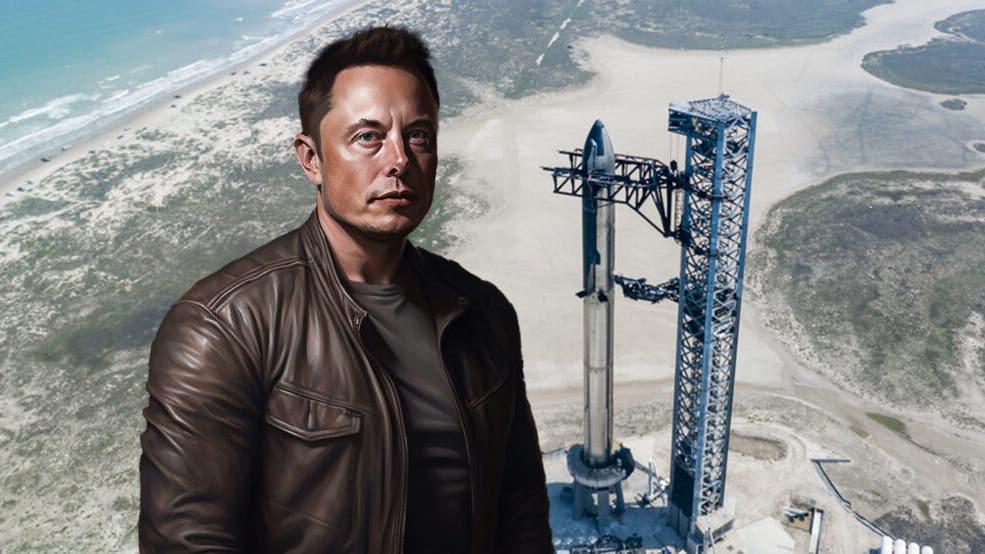
The race to space exploration has been heating up, with Elon Musk’s SpaceX making significant strides in the sector. The private company is valued at approximately $150 billion after a recent share sale by investors. Musk is speculated to own roughly 44% of the company.
The company reached an agreement with both new and existing investors to offer up to $750 million in stock from insiders at a price of $81 per share last month, valuing it at approximately $140 billion, according to a document sent by SpaceX Chief Financial Officer Bret Johnsen.
The latest share price reflects a rise of approximately 5% compared to its previous secondary sale at $77 per share. But Musk does not “anticipate needing to raise funding in the near future” and is expected to opt for secondary sales to bolster and incentivize employee and insider ownership in the company.
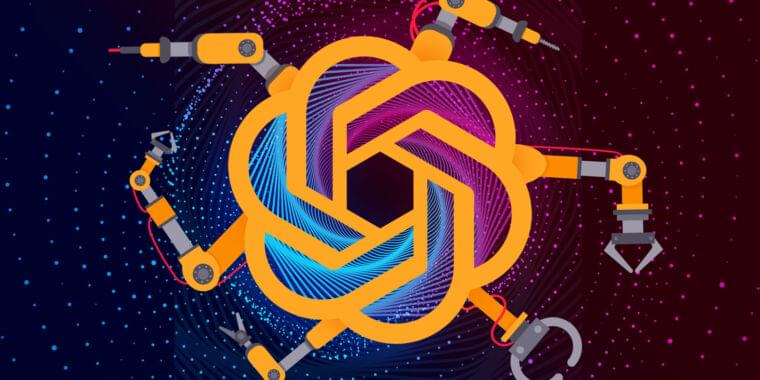
The chief technology officer of a robotics startup told me earlier this year, “We thought we’d have to do a lot of work to build ‘ChatGPT for robotics.’ Instead, it turns out that, in a lot of cases, ChatGPT is ChatGPT for robotics.”
Until recently, AI models were specialized tools. Using AI in a particular area, like robotics, meant spending time and money creating AI models specifically and only for that area. For example, Google’s AlphaFold, an AI model for predicting protein folding, was trained using protein structure data and is only useful for working with protein structures.
So this founder thought that to benefit from generative AI, the robotics company would need to create its own specialized generative AI models for robotics. Instead, the team discovered that for many cases, they could use off-the-shelf ChatGPT for controlling their robots without the AI having ever been specifically trained for it.
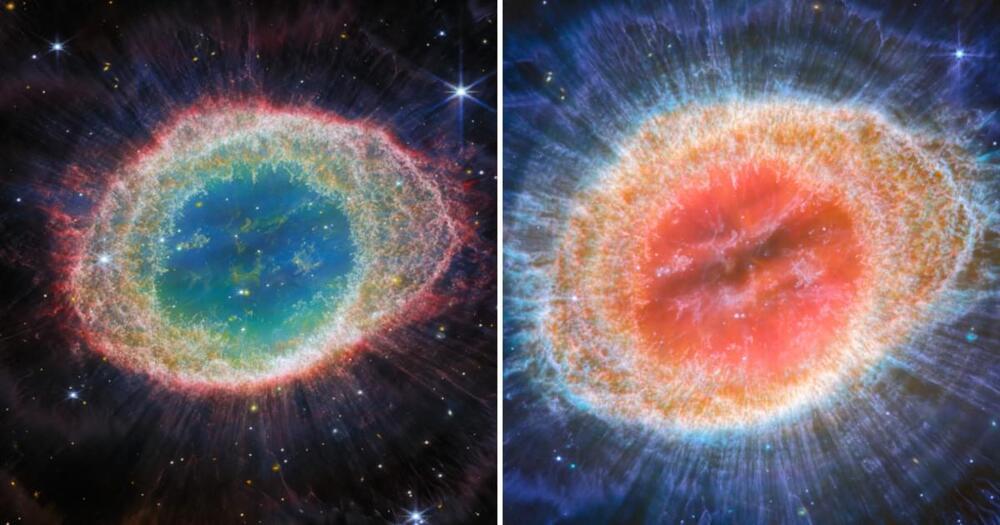
New images from the James Webb Space Telescope have revealed intricate details of a dying star’s final stages, NASA said Monday. The Ring Nebula images, featuring a glowing halo and vibrant colors, also led to a surprising discovery, one astronomer said.
Webb’s Mid-Infrared Instrument provided the clearest view yet of the faint molecular halo, the space agency said. It captured up to 10 concentric “arcs” in the halo, which scientists believe formed about every 280 years as the central star shed its outer layers.
Roger Wesson, a research associate at Cardiff University who reviewed the Webb telescope’s observations, called the discovery of the arcs a “surprising revelation.”
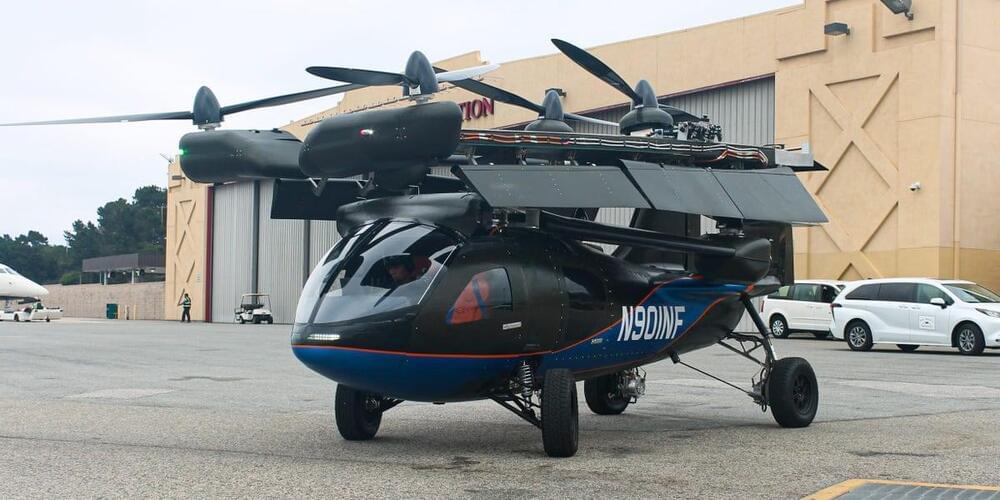
Please Support Us By Subscribing For More ➡️ https://bit.ly/3AZQNzq ⬅️
Copyright Disclaimer Under Section 107 of the Copyright Act 1976, allowance is made for “fair use” for purposes such as criticism, comment, news reporting, teaching, scholarship, and research. Fair use is a use permitted by copyright statute that might otherwise be infringing.
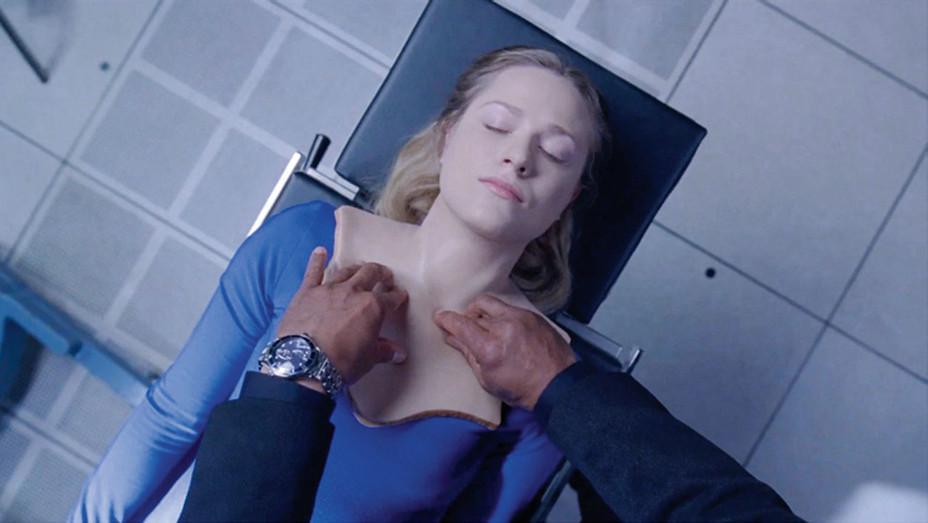
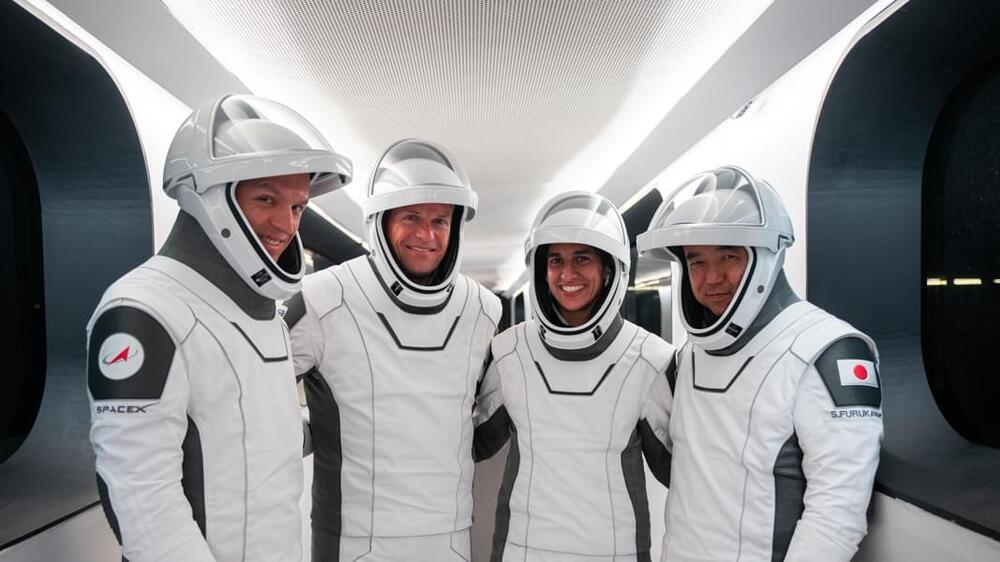
Following the Flight Readiness Review (FRR), NASA and SpaceX gave the go for Crew 7. The launch is scheduled for August 25th at 3:49 a.m. ET (07:49 UTC).
This mission will bring three astronauts and one cosmonaut to the International Space Station for a stay of around six months to perform experiments and conduct maintenance aboard the orbiting outpost.
After the FRR was complete, a full launch day rehearsal was carried out in which the crew was fully suited and driven to Launch Complex 39A, where they boarded Crew Dragon Endurance. The crew and mission control simulated a full countdown in order to familiarize themselves one last time before launch day.